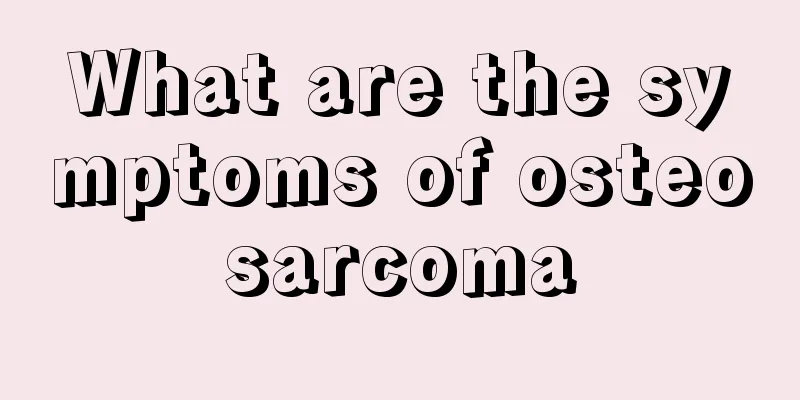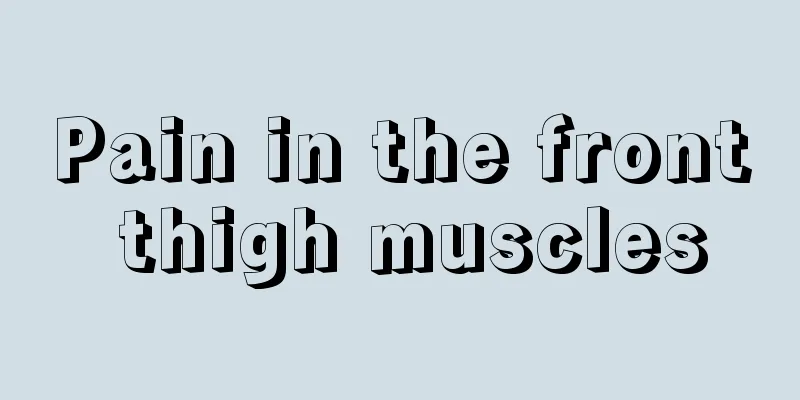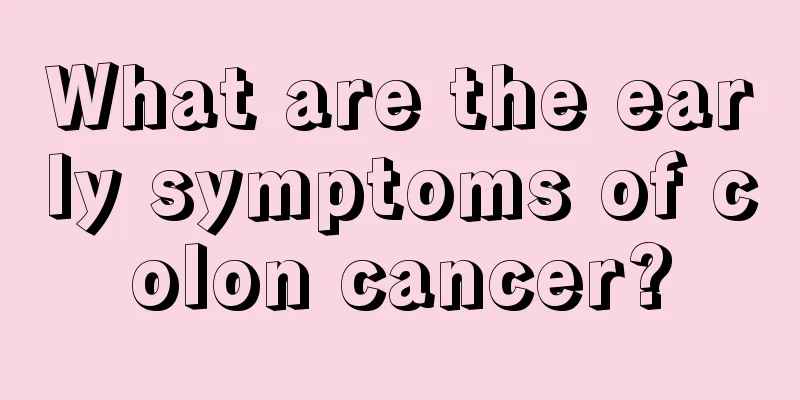Why is only one heel swollen?

|
Body swelling is a very common situation in people's lives. Many factors can cause swelling. Some are caused by bumps and bruises, and some are caused by some personal reasons. Some people find that only one foot is swollen, and they don't know what the reason is. So, what if only one heel is swollen? First, why is only one heel swollen? If the heel is swollen because of standing for a long time or maintaining a posture for too long, you can soak your feet to relieve the pain, as it is only temporary. But if the swelling does not go away after a few days, you should pay attention. It is very likely that the swollen heels are caused by some disease, and it is best to get treatment. The early pain of Achilles tendonitis is mainly caused by damage to the peritendinous tissue. When the patient gets up or walks continuously, the activity of the tendon in the peritendinous tissue increases, so the pain worsens. The pain also worsens during training, and there is tenderness when pressing the Achilles tendon with fingers. Typical symptoms: pain, soreness, tenderness, and stiffness above and inside the heel, which worsens after activity. It can occur in any area of the Achilles tendon, and the pain usually occurs in the early morning or during rest after strenuous exercise. There may be intense pain or tenderness when the two ends of the tendon are squeezed. As the disease progresses, the tendon may swell and develop nodules in the area of the disease. Second, bone hyperplasia caused by degenerative changes of the calcaneus, also known as "bone spurs", is also a common cause of heel pain. Heel pain occurs when "bone spurs" exist for a long time and the heel bone with the "bone spur" is subjected to long-term weight bearing or excessive weight bearing, causing local congestion and aseptic inflammation, which stimulates the nerves in the affected area. 2. Plantar fasciitis is one of the most common causes of heel pain. It often occurs in people who stand or walk for a long time. It is a lesion caused by the accumulation of long-term, chronic, and minor traumas, and manifests as the rupture of fascia fibers and their repair process. Heel pain caused by plantar fasciitis can be cured naturally. Raising the heels, reducing the pull of the Achilles tendon on the calcaneus, plantar flexion of the forefoot, and relieving the tension of the plantar fascia can all alleviate the symptoms. 3. Heel pain often occurs in the elderly. The heel pad is an elastic cushion formed by fibrous tissue, fat tissue and elastic fibers under the calcaneus. In young people, the heel pad has strong elasticity and can absorb vibrations. In old age, the elasticity of the heel pad decreases, and the calcaneus bears the body weight without padding. In severe cases, scars and calcium deposits may form, causing heel pain. 4. Retrocalcaneal bursitis is most likely to occur in the bursa between the Achilles tendon and the skin, which is caused by friction damage from inappropriate high-heeled leather shoes. The bursa wall may become thickened, the bursa may be filled with synovial fluid, and there may be local swelling and tenderness. Why is only one heel swollen? Calcaneal apophysis often occurs in boys aged 8 to 12 years old. The lesion is similar to tibial tuberosity apophysisitis in the lower leg. It is a symptom caused by tendon traction on the unhealed epiphysis during development. The pain is below the attachment point of the Achilles tendon and can occur on both sides at the same time. Running and standing on tiptoes may make symptoms worse. The symptoms disappear naturally after the epiphysis heals. 6. Subtalar arthritis often occurs after calcaneal fracture and is a traumatic arthritis. The pain in the anterior tarsal sinus on X-rays was aggravated by weight bearing. 7. Calcaneal periostitis Periostitis is a stress-induced periosteal injury caused by dilation, congestion, edema or subperiosteal hemorrhage of the periosteum and periosteal blood vessels, hematoma organization, periosteal hyperplasia and inflammatory changes, or an infectious periosteal injury caused by invasion of purulent bacteria. 8. Abnormal development of the arch structure, such as high arch foot, flat foot or inverted foot. 9. Achilles tendonitis: Overuse due to various reasons can lead to chronic damage to the fibers in the Achilles tendon. Excessive exercise, frequent running on hard surfaces such as roads, climbing, etc. can all cause Achilles tendonitis. |
<<: What causes swelling on the outside of the ankle?
>>: How to reduce swelling of foot after falling? What is the fastest way?
Recommend
How does tongue cancer develop and what are the symptoms?
The formation of tongue cancer is closely related...
What to eat when you have inflammation
When people eat whole grains, they will inevitabl...
What to eat to detoxify, reduce internal heat and eliminate acne
Getting angry is the main factor causing acne, an...
Can I use erythromycin for anal itching
Erythromycin is a very commonly used drug in dail...
Experts explain four common symptoms of liver cancer
Liver cancer is a common type of cancer. It cause...
What shoes are suitable for thick legs?
Men and women have different aesthetic values. In...
I feel like there is something in my throat that I can't swallow. What's going on?
If you always feel like there is something in you...
Four major methods of radiotherapy for nasopharyngeal carcinoma!
Because the nasopharyngeal cavity is deep and nar...
It is best to take a bath every few days in winter
Many people do not take a bath frequently in wint...
An early signal of lung cancer
There may be some signals in the early stages of ...
Is lung cancer contagious?
Lung cancer has a certain impact on our body and ...
What to eat during chemotherapy for lymphoma
Lymphoma is a malignant tumor originating from th...
What are the benefits of applying cucumber juice on the face?
In an era where beauty is important, more and mor...
What are some ways to relieve eyestrain?
Eye fatigue is often caused by excessive use of t...
A must-read for people with allergies: Allergens "lurk" in these medicines
We are all familiar with drug allergies. Many peo...









